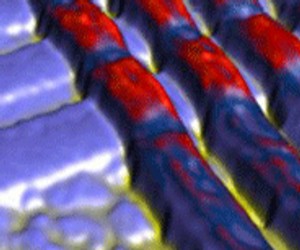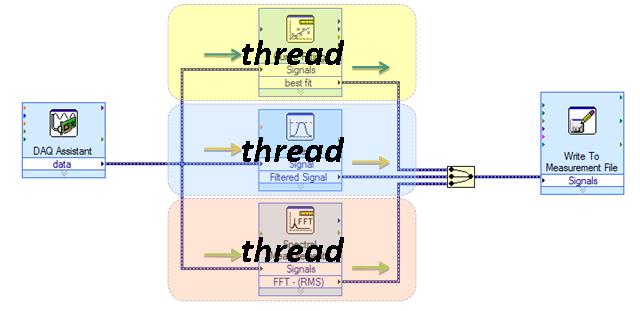My "Breakthrough Innovation" co-panelist, Patricia Seybold, has spotlighted my blog posts on HP's memristor and photonic interconnect developments.
Patty's attention is worthy of note, as she has a track record of pegging paradigm shifts in the technology world and guiding organizations to capitalize on them. Savvy strategists listen to her, and successful ones put her advice to work.
Most critical is her relentless focus on customers and her insistence on involving them early in the strategic and developmental process, central to the ecosystem of stakeholders in a commercial endeavor. As she states in her blog's definition of Outside Innovation--both her mantra and the title of one of her books:
Exactly right. Too many businesspeople are happy to say, "The customer is always right" while missing the opportunity to harness customers' insights early in the strategic or design process when it can have its most profound leverage and produce the most striking competitive advantage. As she notes:
...And listening to them.
A corollary to that is to seize every opportunity to advance the education--the "smartening"--of your customers. Including: facilitate their learning from each other.
The same goes for the rest of your enterprise's ecosystem. Regardless of your business, one of the most valuable take-aways from HP's purposeful ecosystem-building was illuminated in their Photonics Interconnect Forum when Jamie Beckett quoted HP Labs Director Prith Banerjee: "Not all the smart people work at HP." If so, then the ecosystem-building and customer-smartening is a way of multiplying the ones who work with them.
Call it a positive feedback mechanism for organizational IQ.
Patty's attention is worthy of note, as she has a track record of pegging paradigm shifts in the technology world and guiding organizations to capitalize on them. Savvy strategists listen to her, and successful ones put her advice to work.
Most critical is her relentless focus on customers and her insistence on involving them early in the strategic and developmental process, central to the ecosystem of stakeholders in a commercial endeavor. As she states in her blog's definition of Outside Innovation--both her mantra and the title of one of her books:
What is Outside Innovation?
It’s when customers lead the design of your business processes, products, services, and business models. It’s when customers roll up their sleeves to co-design their products and your business. It’s when customers attract other customers to build a vital customer-centric ecosystem around your products and services. The good news is that customer-led innovation is one of the most predictably successful innovation processes. The bad news is that many managers and executives don’t yet believe in it. Today, that’s their loss. Ultimately, it may be their downfall.
Exactly right. Too many businesspeople are happy to say, "The customer is always right" while missing the opportunity to harness customers' insights early in the strategic or design process when it can have its most profound leverage and produce the most striking competitive advantage. As she notes:
HOW DO YOU WIN IN INNOVATION?
You no longer win by having the smartest engineers and scientists; you win by having the smartest customers!
...And listening to them.
A corollary to that is to seize every opportunity to advance the education--the "smartening"--of your customers. Including: facilitate their learning from each other.
The same goes for the rest of your enterprise's ecosystem. Regardless of your business, one of the most valuable take-aways from HP's purposeful ecosystem-building was illuminated in their Photonics Interconnect Forum when Jamie Beckett quoted HP Labs Director Prith Banerjee: "Not all the smart people work at HP." If so, then the ecosystem-building and customer-smartening is a way of multiplying the ones who work with them.
Call it a positive feedback mechanism for organizational IQ.












